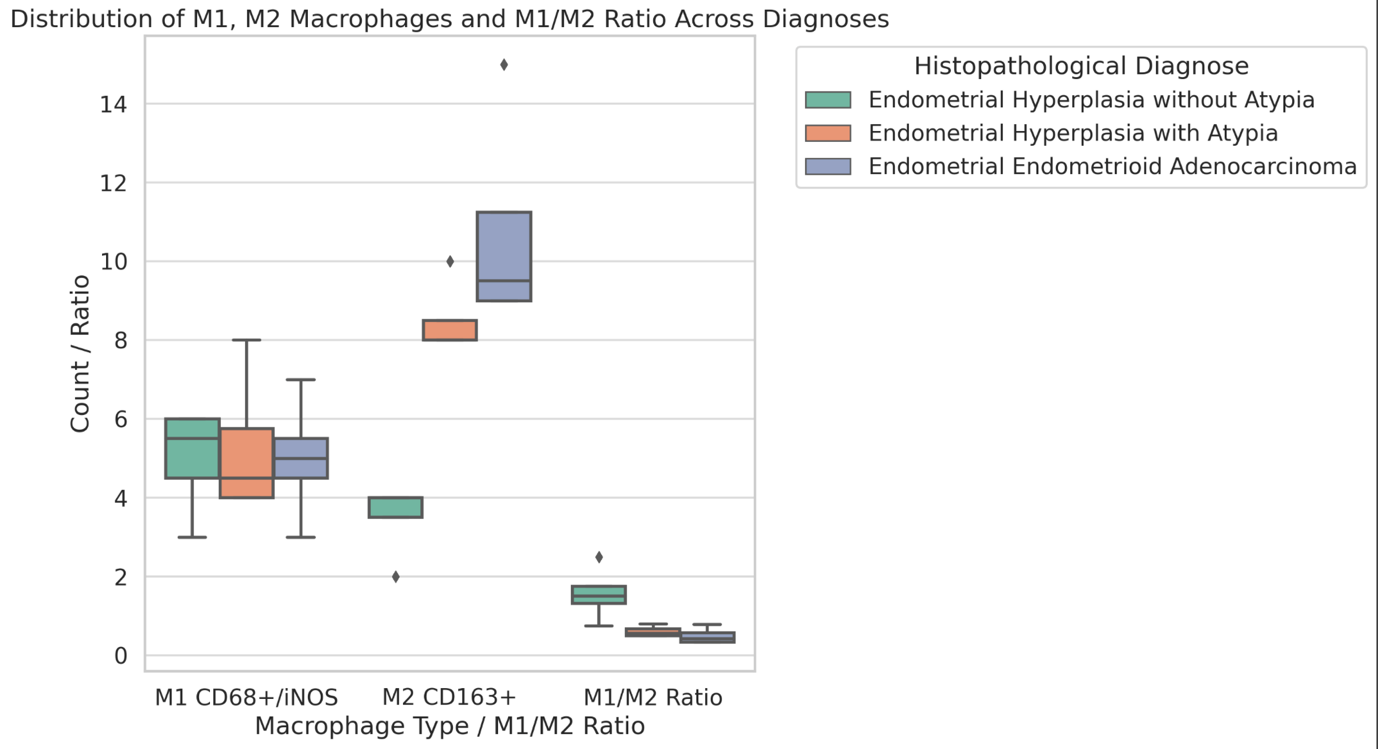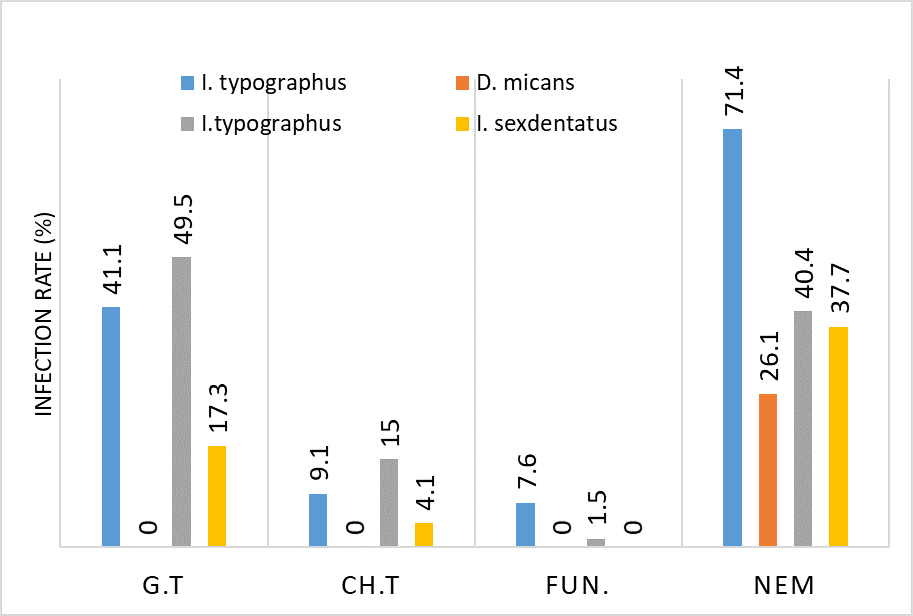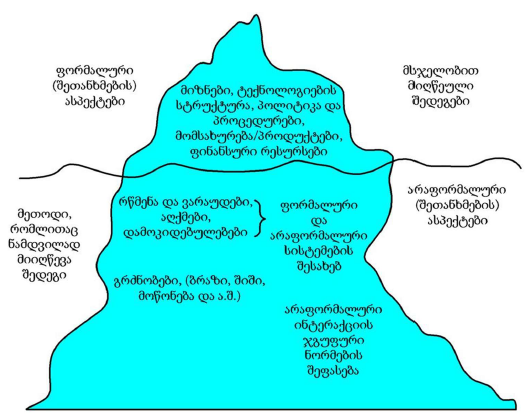THE ANATOMICAL STRUCTURE OF THE ABOVEGROUND VEGETATIVE ORGANS OF Solanum nigrum L.
Downloads
The internal anatomical structure of the above-ground vegetative organs of S. nigrum from Georgian flora - a rich source of physiologically active compounds, has been examined using conventional laboratory methods used in microtechnics. The study revealed diagnostic markers in the anatomical structure of a prospective medicinal plant. S. nigrum's aboveground vegetative organs are covered with conical, multicellular, hooked villis and rare spheroidal glandular trichomes. Anisocytic type stomata apparatus is distinguished in the covering tissue of the vegetative organs, though anomocytic stomata are also observed. The conductive system of S. nigrum shoots is monocyclic. Xylem contains a network of tracheidal small-caliber and spirally thickened large-caliber openings of conductive vessels. S. nigrum has bifacial leaves with dorsoventral mesophyll, an amphistomatic structure, and a reverse-collateral type conducting bundles. The basal cells of the leaf's upper and lower epidermis are curvilinear and have concave walls. A mixed form of collenchyma is observed in petiole. The outline of the transitional tissue is arcuate; conductive tissue has collateral structure.
Downloads
Metrics
დავით ბაგრატიონი. იადიგარ დაუდი. „ საბჭოთა საქართველო“ 1985, 741გვ.;
ზაზა ფანასკერტელ-ციციშვილი. სამკურნალო წიგნი - კარაბადინი. თბილისი, „მეცნიერება“,1986წ.,ტ.1,259გვ.;ტ. 2, 1006 გვ.;
ნ. წუწუნავა. საქართველოს სამკურნალო მცენარეები. „ საბჭოთა საქართველო“, 1960, 260გვ.;
საქართველოს ფლორა ტ.XII, გამომცემლობა „ მეცნიერება“, თბილისი 1999; გვ.35-38;
М.М. Бенидзе. Стероидные гликозиды Solanum nigrum. Xuмия природных соединений, 1994, 5, с.683-684;
Demisse Dakone, Awoke Guide. A review on ethnomedicinal use, nutritional value, phytochemistry and pharmacological characteristics of Solanum incanum L. – an important medicinal plant. Jnternational Journal of Scientific Technology Research. 2016, vol.5, issue 06, p.350-354;
http://theplantlist.org/tpl1.1/search?q=Solanum ;
Ikeda Ts., Tsumagari H., Honku T., Nohara T.Cytotoxic activity of steroidal glycosides from Solanum plants. Biological Pharmaceutical Bulletin. 2003, 26, 8, p. 1198 – 1201;
Joseph Sakah Kaunda, Ying – Jun Zhang. The genus Solanum: an ethnopharmacological, phytochemical and biological properties. Review. Natural Products and Bioprospecting. 2019, 9, p.77-137;
Limin Xiang, Yihai Wang, Xiaomin Yi, Xiangjiu He. Anti-inflammatory steroidal glycosides from the berries of Solanum nigrum L. Phytochemistry, 2018, 148, Apr. p.87-96;
R. Gagnidze- Vascular plants of Georgia a nomenclatural checklist; Tbilisi 2005, p. 141

This work is licensed under a Creative Commons Attribution-NonCommercial-NoDerivatives 4.0 International License.









